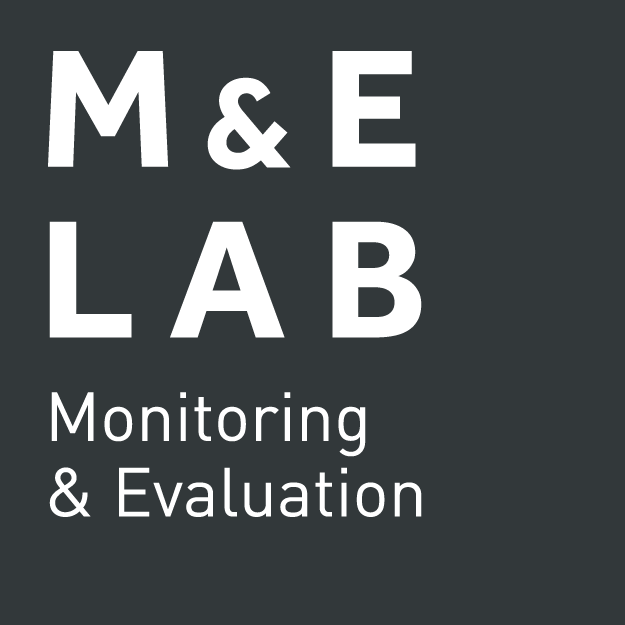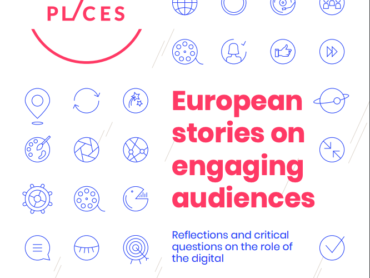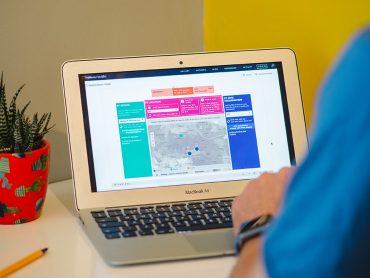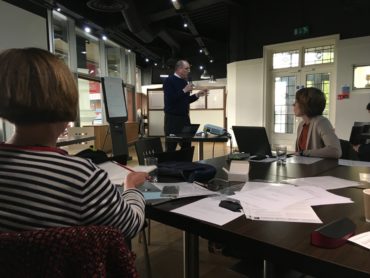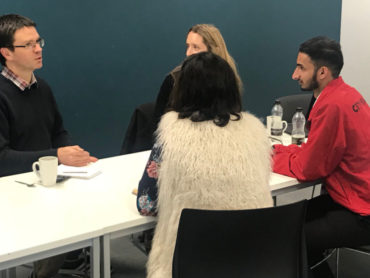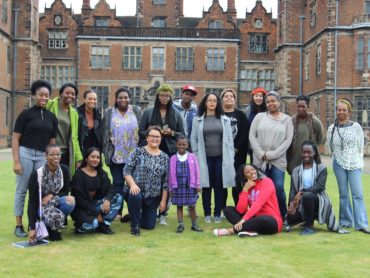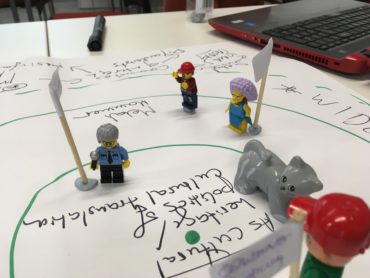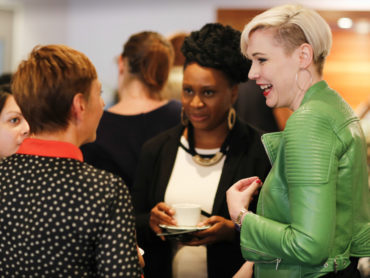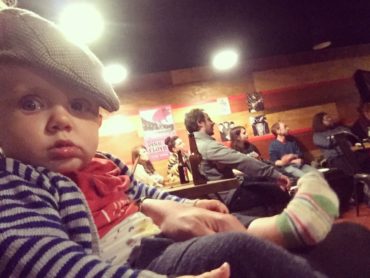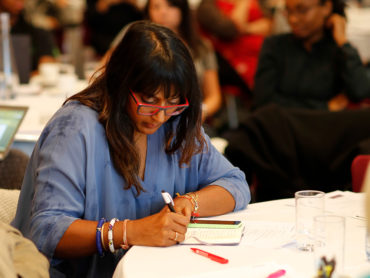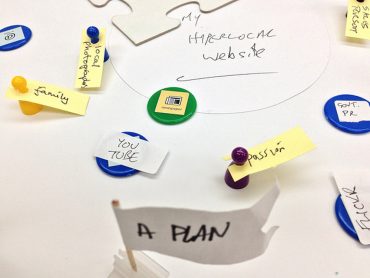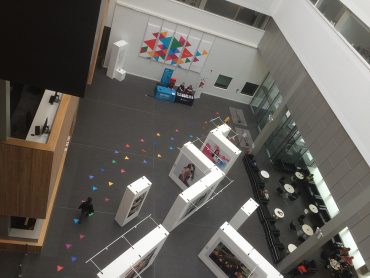Making projects work with (and for) participants: Evaluating Foot in the Door
 M&E Lab recently evaluated the Foot in the Door project by Creative Alliance. This project aimed to address inequalities within the Cultural and Creative Industries (CCI) workforce by focusing on and working with young people, who can face barriers accessing creative and cultural work, and creative and cultural organisations. It paired young people with partner organisations which would deliver work-based learning programmes to develop participants creative and cultural skills. In doing so, Foot in the Door (FitD) also highlighted issues around working with participants, and the importance of making sure projects work for them. This post expands these experiences beyond the specific case-study to make more general observations which it is hoped will be of value when planning your next project.
M&E Lab recently evaluated the Foot in the Door project by Creative Alliance. This project aimed to address inequalities within the Cultural and Creative Industries (CCI) workforce by focusing on and working with young people, who can face barriers accessing creative and cultural work, and creative and cultural organisations. It paired young people with partner organisations which would deliver work-based learning programmes to develop participants creative and cultural skills. In doing so, Foot in the Door (FitD) also highlighted issues around working with participants, and the importance of making sure projects work for them. This post expands these experiences beyond the specific case-study to make more general observations which it is hoped will be of value when planning your next project.
As with many projects, the success of FitD relied on the continued commitment of participants, namely the young people looking to develop their creative and cultural skills. Even after the young people had been recruited by Creative Alliance, challenges were faced to ensure they did not subsequently drop out before the end of the research project. This is a common issue for cultural projects, and the evaluation of them, as those who disengage are unlikely to say why or engage in discussing it further. As such, it is crucial to make sure a project will work for participants when planning it, to minimise the risk of them disengaging.
When structuring participant involvement, it can be essential to think about factors such as scheduling, not just in terms of what is practical from an organisational perspective, but what will be of benefit for external participants. For example, while it might be best for an organisation to work with participants during a quiet period for it, will this limit the potential benefit to participants? Also, think about the design of a participant programme and whether it is going to benefit them. If not, and they disengage, could you be jeopardising the output of your project? In the case of FitD, it was found that practical apprentice-style experience was the most effective for participants.
Communication is another crucial consideration. What are the best forms of communication with external participants? It could be that the most effective communication channels for your participants are not the norm within your organisation and that you or other organisations involved in your participant project need to adapt and accommodate. The pattern or pace of communication may also be something to consider when working with participants. For example, the FitD project found that courses which ran fairly soon after contact and sign-up helped to reduce dropout rates.
Finally, think about the support offered to participants. The FitD project was working with young people who can face barriers accessing creative and cultural work and as such organisations needed to consider support such as getting childcare, having enough money to get the bus to access the work-based learning programmes, or feeling represented within their participatory environment. There will never be a ‘one size fits all’ solution when working with participants on a project, and a bespoke approach may be necessary, which could involve changes in organisational cultural values and challenge everyday working practices. However, if the success of your project requires the ongoing participation of people you are working with, it will be worth the investment at the planning stage. M&E Lab provides a resource toolkit for the planning, recording and analysing of project evaluation, which can be accessed here.
